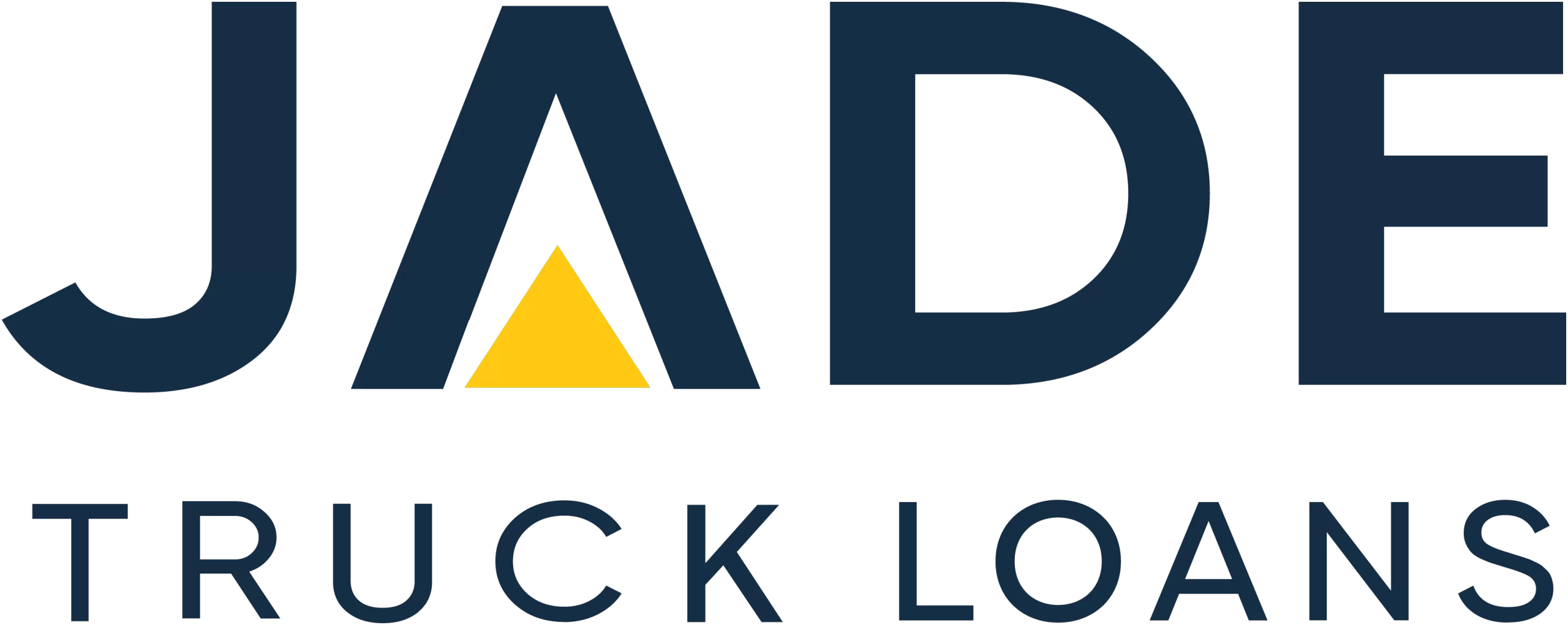The RBA Board's announcement of another interest rate hike at its June 7 meeting did not come as a surprise to economists, banks, and analysts. However, the magnitude of the increase, a substantial 0.5%, surpassing expectations, brought the cash rate to 0.85%. This unexpected step underscores the significance of the RBA's decision to elevate the cash rate, which in turn will lead to rate hikes across lending markets, including truck loans.
As the RBA signals further rate hikes, the time has come for those who might have grown accustomed to the extended period of historically low rates to revaluate their approach. It's imperative to focus more intently on strategies to secure the most cost-effective interest rate truck finance. By proactively seeking out the most competitive rates and financing options, businesses can mitigate the impact of rising rates and navigate the evolving financial landscape with confidence.
Statement by RBA Governor
The RBA Board issues a statement following each meeting to announce its decision on the cash rate and other monetary policy settings. These statements also provide indications as to the RBA’s forecasts and outlooks as well as information on which factors it sees as impacting Australia’s economic conditions.
The 7 June statement announces lifting the cash rate by 0.5% or 50 basis points to 0.85%. The opening remarks note that the significant increase in inflation in Australia. While the level remains below that of numerous advanced countries and economies, it remains higher than the RBA had expected.
A multitude of global factors are cited as major contributors to the current inflationary pressures. Notably, the Ukraine conflict and global supply disruptions, driven by prolonged pandemic-related issues in significant manufacturing hubs—most recently, China—have exerted substantial influence.
Domestically, the RBA identifies several elements, including a tightening labor market, sectoral capacity constraints, and recent flooding, as instrumental in propelling inflation. Unfortunately, the RBA anticipates inflation to further rise before subsiding in 2023, ultimately reaching the 2-3% range.
In the immediate term, elevated gas and electricity costs, alongside recent surges in fuel prices, have amplified inflation levels beyond previous projections.
The RBA anticipates a moderation in inflation as global supply concerns gradually abate and commodity prices stabilize. The June 7 rate increase is seen as an effort to eventually steer inflation back within the target range over time.
The Australian economy's robustness is underscored by a 0.8% growth in the March quarter and an aggregate growth of 3.3% for the year. Business investments are trending upwards, while the construction sector boasts a substantial backlog of projects.
With unemployment at its lowest in approximately five decades (3.9%), indicative of a robust labor market, job advertisements remain high, suggesting a further reduction in both unemployment and underemployment.
While the Governor acknowledges economic uncertainty, particularly in how household spending unfolds amid budgetary pressures stemming from inflation, the outlook is mixed. The global horizon remains obscured due to the Ukraine situation and its implications on energy and agricultural commodity prices, coupled with uncertainties around China's COVID-related developments.
The RBA Board perceives the June 7 rate hike as a stride toward retracting the extraordinary monetary support extended during the pandemic. This reassessment reflects the belief that such extraordinary support is no longer imperative.
Arguably, the pivotal takeaway for business operators from the June statements is the anticipation of additional steps to normalize monetary conditions. This translates to forthcoming rate hikes. The magnitude and timing of these increases hinge upon the RBA Board's evaluation of data, inflation projections, and various influencing factors.
Fallout for Truck Loans
Banks and non-bank lenders follow the RBA decisions by passing on all or part of rate rises and falls. This is broad-based across the lending sector including for heavy vehicle finance and truck loans. Despite these latest rate rises, cheaper truck loan rates and workable, affordable loans can still be achieved by astute business operators.
- Utilise a broker-style lender such as Jade Truck Loans - Truck Finance Broker Australia to access specialist truck finance lenders known to be more flexible with rates and loan conditions.
- Re-assess elements of the loan – amount, term, balloon/residual, to work towards the most affordable repayment levels.
- Maintain a good credit rating to ensure the cheapest rate offer.
- Consider the tax benefits of loan products which can make loan repayments more affordable through deductions.
- Bring forward purchase plans to secure new vehicles with finance prior to the anticipated further increases ahead.
Coinciding with the start of the new financial year, the Board of the RBA will next hold a meeting regard interest rate on the first Tuesday in July. For business owners looking to act quickly, our consultants are on hand to assist with arranging truck loans promptly.
Contact Jade Truck Loans on 1300 000 003 to discuss cheaper interest rate truck loans.
DISCLAIMER: THIS INFORMATION IS ISSUED PURELY FOR THE PURPOSE OF GENERAL INFORMATION PROVISION. IT IS NOT TO BE TAKEN AS THE ONLY SOURCE OF INFORMATION FOR BASING FINANCIAL DECISION-MAKING. THOSE REQUIRING FINANCIAL GUIDANCE AND ADVICE SHOULD CONSULT WITH THEIR FINANCIAL CONSULTANT OR ADVISOR. NO LIABILITY IS ACCEPTED FOR ANY MISREPRESENTATION OF POLICIES, DATA OR ERRORS IN THIS CONTENT.


 " alt="">
" alt="">